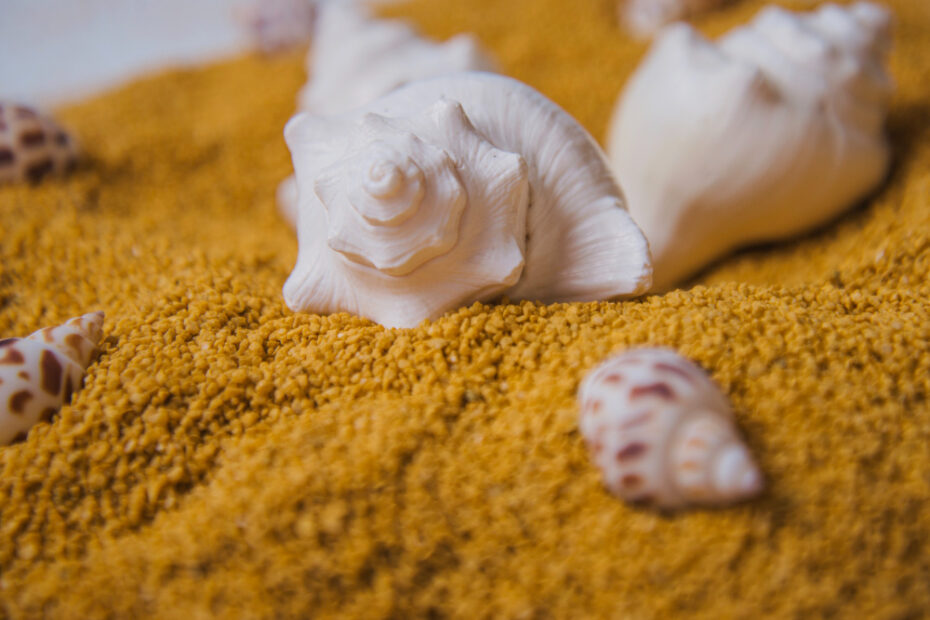Substrate refers to the material placed at the bottom of an aquarium. The choice of substrate can influence the health and well-being of the tank’s inhabitants and can also play a role in the overall aesthetic and function of the aquarium.
Types of Aquarium Substrate:
- Gravel:
- Description: Small, rounded stones.
- Best For: Freshwater community tanks.
- Benefits: Easy to clean, comes in various colors and sizes, allows beneficial bacteria to colonize, suitable for most live plants.
- Sand:
- Description: Fine-grained substrate.
- Best For: Tanks with bottom-dwelling fish like corydoras and stingrays, some marine tanks.
- Benefits: Natural look, soft for bottom dwellers, prevents large debris from sinking in.
- Considerations: Can compact over time, which may lead to anaerobic pockets.
- Crushed Coral or Aragonite:
- Description: Crushed marine skeletons or shells.
- Best For: Marine tanks, cichlid tanks.
- Benefits: Naturally buffers pH, increases water hardness.
- Soil (or Planted Tank Substrates):
- Description: Specialized soils for planted aquariums.
- Best For: Planted tanks.
- Benefits: Rich in nutrients for plant growth, promotes healthy root system.
- Considerations: Can create a mess if disturbed, might require a gravel cap.
- Marine Sand:
- Description: Special sand for marine tanks.
- Best For: Reef tanks and marine tanks.
- Benefits: Contains beneficial bacteria, buffers pH.
- Considerations: Can compact, leading to anaerobic pockets.
- Bare Bottom:
- Description: No substrate.
- Best For: Some reef tanks, quarantine tanks, or breeding tanks.
- Benefits: Easier to clean, no concerns about substrate-related water chemistry changes.
Factors to Consider When Choosing Substrate:
- Tank Type: Whether you have a freshwater, marine, planted, or species-specific tank can dictate the best substrate.
- Water Chemistry: Some substrates can influence water pH and hardness.
- Maintenance: Some substrates are easier to clean and maintain than others.
- Aesthetics: The color and texture of the substrate can influence the tank’s overall look.
- Fish Preferences: Some fish prefer or require specific substrates.
- Plant Requirements: If you have live plants, they might require a nutrient-rich substrate.
Tips for Adding Substrate:
- Rinse First: Many substrates should be rinsed with water to remove dust and debris before adding to the tank.
- Depth: Typically, 1-3 inches of substrate is sufficient, though planted tanks might require a specific depth for plant roots.
- Cleaning: Regular vacuuming with a siphon can help remove debris and waste from the substrate.
Conclusion:
The substrate plays a significant role in an aquarium, both functionally and aesthetically. It’s essential to choose a substrate that suits the specific needs of your tank’s inhabitants and complements the overall design and function of your aquarium.

